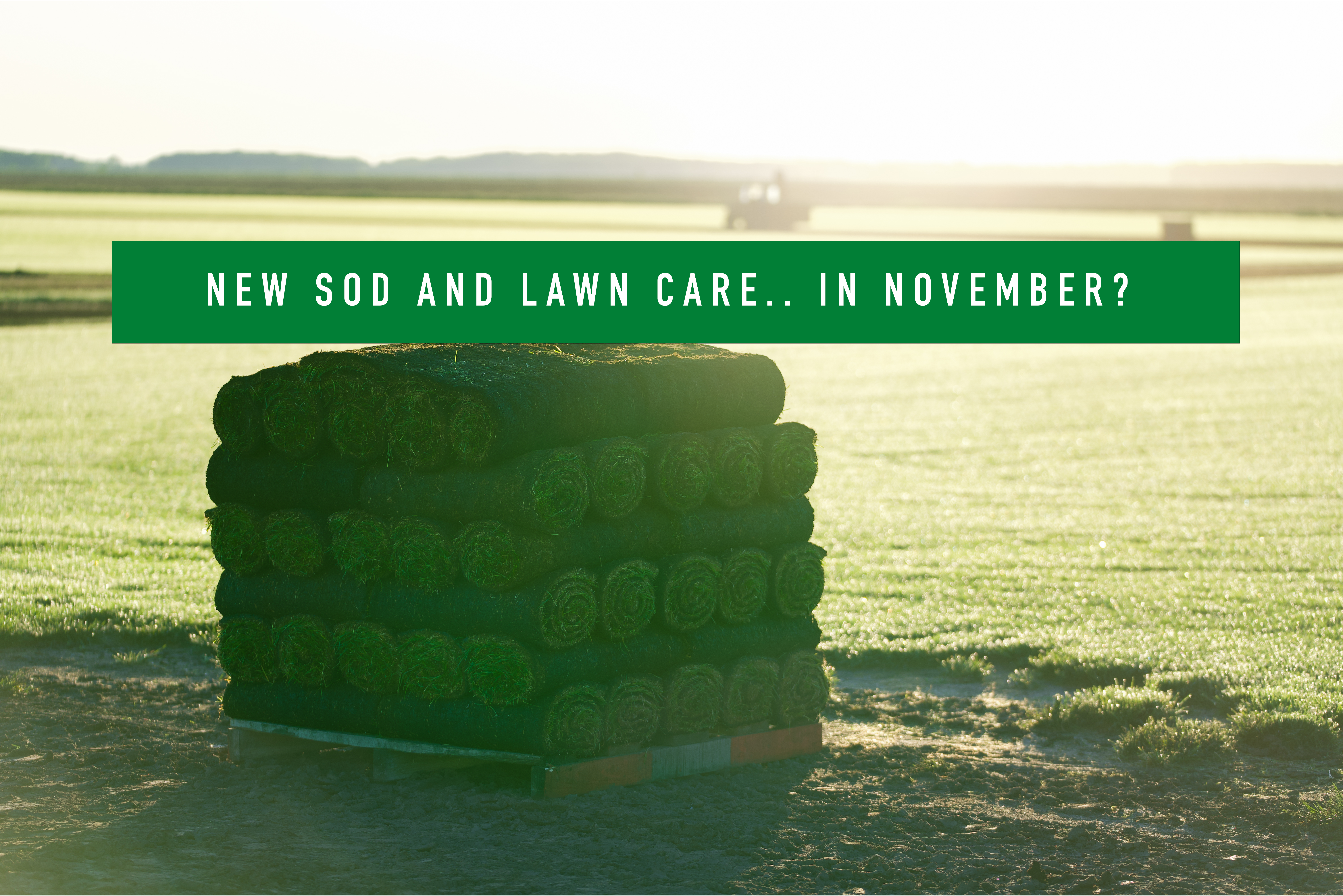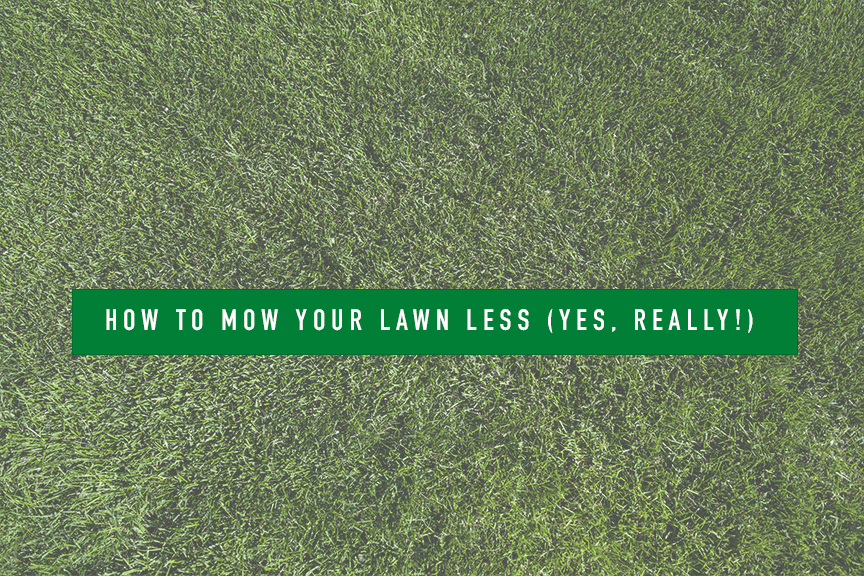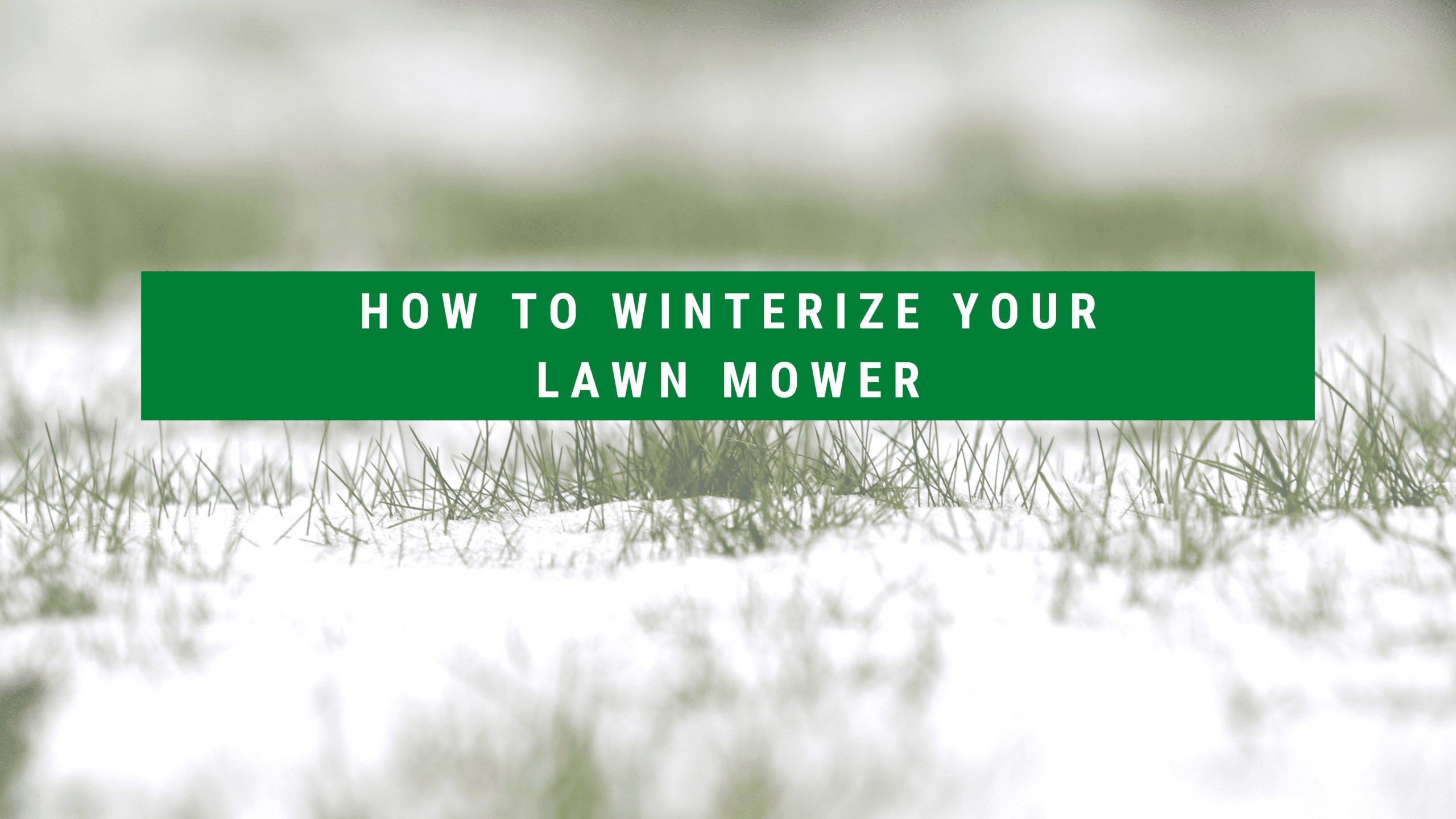With the last snowflakes behind us and Minnesota finally in full bloom, now is the perfect time to get your yard looking its best—especially if you’re gearing up for outdoor celebrations like graduation parties, weddings, family reunions, or backyard barbecues. If your lawn is looking patchy, thin, or worn after the long winter, laying fresh sod is the quickest and most effective way to revitalize it. B&B Hoffman Sod Farms understands that timing is everything, and we’re ready to help you create a lush, picture-perfect lawn just in time for your next big event.
May: The Ideal Month to Lay Sod in Minnesota
Spring has arrived, and May brings the perfect conditions to establish a lush, healthy lawn. With warm—but not hot—temperatures, your new sod can take root without the added stress of summer heat. It’s the ideal time to give your yard a head start before outdoor events like graduations, weddings, and backyard celebrations kick off.
Sod Success Tips for a Celebration-Ready Lawn
Plan Ahead
If you’re planning to lay new sod before hosting a graduation party, wedding, or summer gathering, try to allow two weeks before your event. This will give the sod time to properly root and create a stable, green surface ready for foot traffic, tents, and lawn games.
Prepare Your Soil Like a Pro
A flawless lawn begins with a solid foundation. Clear debris, level uneven ground, and add dirt if needed. During extremely hot days, lightly moisten the soil before installation to reduce the risk of burning the delicate roots.
Pick the Right Day
While May typically brings mild temperatures, Minnesota weather can still be unpredictable. Choose a day without extreme heat to lay your sod—this helps minimize stress on the sod and promotes a smooth establishment. As an added bonus, it also reduces the chance of heat stroke and sunburn on you!
Prioritize Watering
Water is essential for new sod. Soak it thoroughly right after installation, then keep the lawn consistently moist in the following weeks. Avoid overwatering—your goal is steady, even moisture to support root development. Long waterings in the morning are better than several short waterings all day.
Hold Off on Mowing
Give your new lawn (and yourself!) a break from mowing for at least 7-10 days, then mow gently. Never remove more than one-third of the height of your grass. Early care is key to protecting delicate new roots.
Limit Foot Traffic Early On
To protect your investment, minimize foot traffic until the first mowing. If you’re hosting an event soon after installation, consider temporary walkways or stepping stones to reduce the risk of the rolls shifting while trying to root down in high-use areas.
Get Your Lawn Party-Ready with B&B Hoffman Sod
With summer celebrations around the corner, now’s the perfect time to refresh your yard. Whether you need to patch winter damage, fix thin spots, or start from scratch, B&B Hoffman Sod has everything you need—from premium sod to the same high-quality Kentucky Bluegrass seed and fertilizer we use on our farms.
Give us a call at 763-434-6572 to schedule a sod delivery or to speak with one of our natural turfgrass experts. Let’s create the perfect green space for your upcoming celebration!





